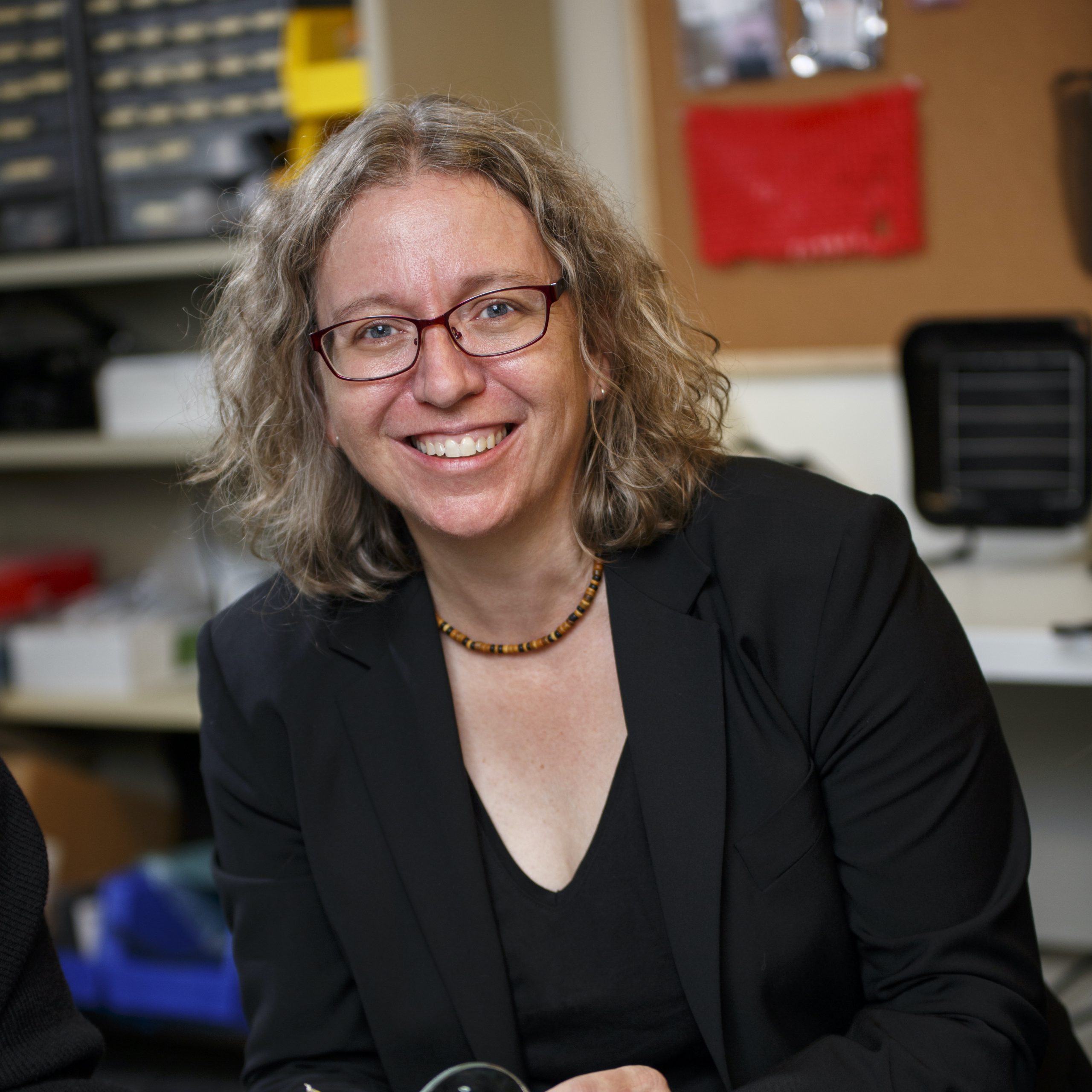SALTISE : Leveling-Up Higher Education with Warp Zones (Présentation en anglais)
Abstract
What happens when we transform graduate students’ learning environments into simultaneous warp zones? It enables us to take what we usually define as distinct learning spaces and mode of delivery and make them interchangeable interaction and collaboration dimensions. In this presentation we will share two cases in which we applied the concept of “warp zones” in learning experience design and the pedagogical approach we adopted, and discuss the challenges we faced and the lessons we learned.
Proceeding
Digital transformation for organizations has become inevitable (Fitzpatrick, Libarikian, Smaje, & Zemmel, 2020). To keep up with these rapid technological advancements we need to ground scholarship in the 21st century competencies that will be essential in this coming AI dominated era. We can no longer be satisfied with traditional models. Many innovative practices include flipping classrooms, or integrating experiential learning activities, however, these innovations rarely allow mixing it up between defined learning spaces and mode of delivery. We usually end up either exclusively online or exclusively face-to-face, and exclusively synchronous or asynchronous, even in hybrid designs. To bridge this gap, we imagined warp zones that enable real-world authentic learning experiences for graduate students in higher education. Warp zones exist in videogames and are “secret passages that bring two or more worlds together” (Fuller & Jenkins, 1995) by allowing for “a much quicker movement through space than is generally possible within the real world” (Gazzard, 2009, p.1).
We used an agile quick-prototyping method to design learning experiences that exploited the metaphor of warp zones in education. We iterated through various cycles of innovation that took in consideration the following trouble areas: context, learners, objectives, technology, environmental constraints and institutional agendas.
Two examples were a graduate course designed with the Hybrid-Flexible model (HyFlex), a model that allows students to choose whether to attend classes face-to-face or online, synchronously or asynchronously (Academic Senate – San Francisco State University, s. d., Beatty, 2019, Gobeil-Proulx, 2019), and an action-research group that had to develop high level expertise grounded in scholarship and pragmatism.
Similar to warp zones, the HyFlex model offers flexibility in time and space to students and supports student-directed learning with flexible approaches to participation and flexible learning paths. In the design of our graduate course we broke the barriers between spaces and brought students together, regardless of where they were in space. We engaged online students as if they were in the physical class and brought the in-class students online to work with the online groups. Further, asynchronous discussions were triggered and facilitated organically by students from the three modalities. The students valued the three zones options and the flexibility they offered. They also appreciated their interactions with groups of students from other zones or modalities and observed that a larger number of students were able to follow the classes and to be engaged every step of the way. Students were able to develop technological and social skills to collaborate and exchange with colleagues simultaneously in face-to-face and distance learning environments, synchronously and asynchronously. Mastering these skills is essential to compete in a world going through an accelerated digital transformation. Most of all, students felt that when the COVID-19 pandemic erupted, they were able to switch paths and complete their course with success.
References
Academic Senate – San Francisco State University. (s. d.). Online Education Policy (CURRENT) | Academic Senate. Retrieved from https://senate.sfsu.edu/policy/online-education-policy-1
Beatty, B. J. (2019). Beginnings: Where Does Hybrid-Flexible Come From?. In B. J. Beatty, Hybrid-Flexible Course Design: Implementing student-directed hybrid classes. EdTech Books. Retrieved from https://edtechbooks.org/hyflex/book_intro
Fitzpatrick, M., Libarikian, A., Smaje, K., & Zemmel, R. (2020, april 20). The digital-led recovery from COVID-19: Five questions for CEOs. Retrieved from https://www.mckinsey.com/business-functions/mckinsey-digital/our-insights/the-digital-led-recovery-from-covid-19-five-questions-for-ceos
Fuller, M. and H. Jenkins (1995). « Nintendo and New World Travel Writing: A Dialogue ». Sage Publications: Thousand Oaks. Retrieved from http://web.stanford.edu/class/history34q/readings/Cyberspace/FullerJenkins_Nintendo.html
Gazzard, A. (2009). Teleporters, Tunnels & Time: Understanding Warp Devices in Videogames. Retrieved from https://uhra.herts.ac.uk/bitstream/handle/2299/7116/906040.pdf?sequence=1
Gobeil-Proulx, J. (2019). La perspective étudiante sur la formation comodale, ou hybride flexible. Revue internationale des technologies en pédagogie universitaire, 16(1), 56. https://doi.org/10.18162/ritpu-2019-v16n1-04
Presenters

Nadia Naffi
Université Laval

Ann-Louise Davidson
Université Concordia

Rokhy Diongue
Université laval
